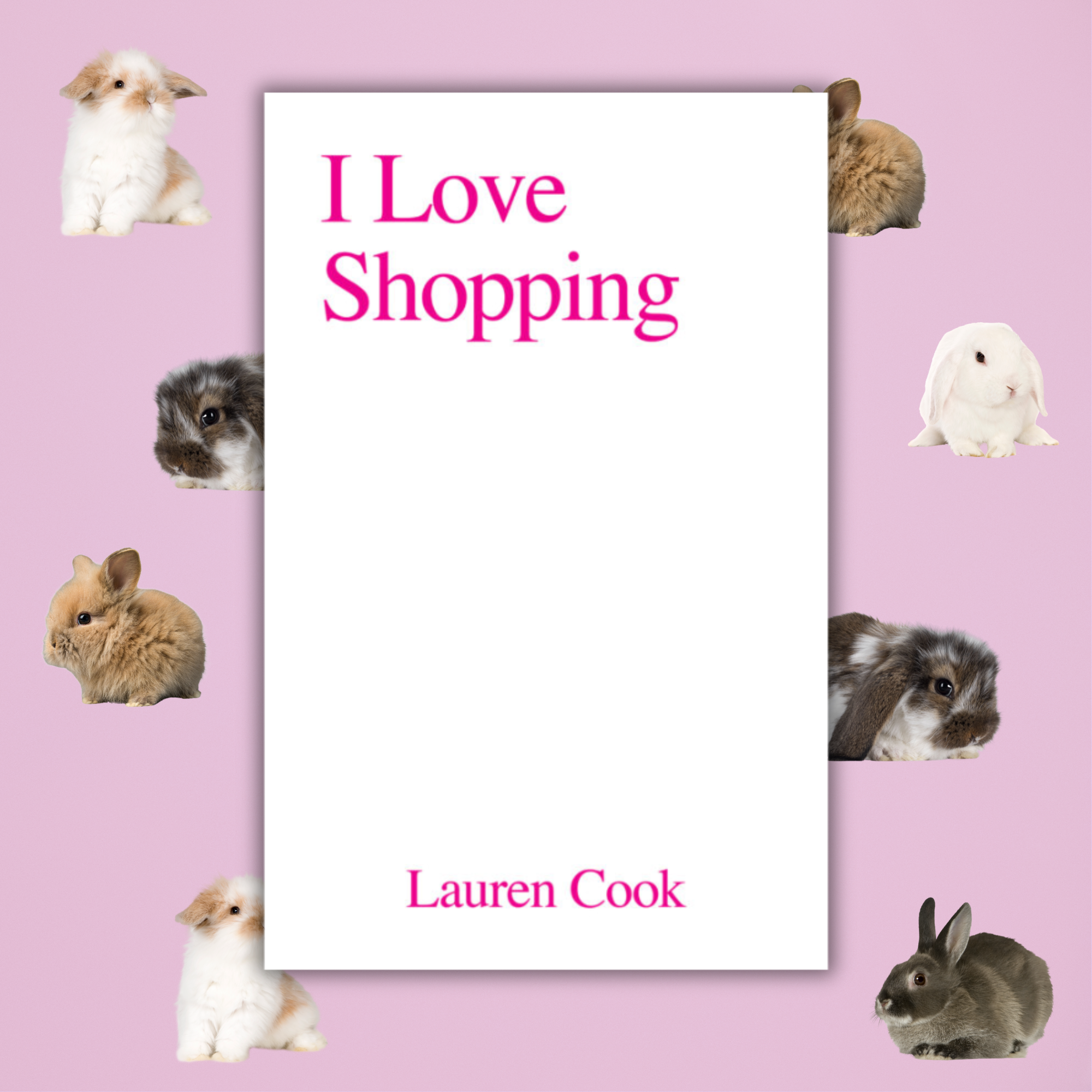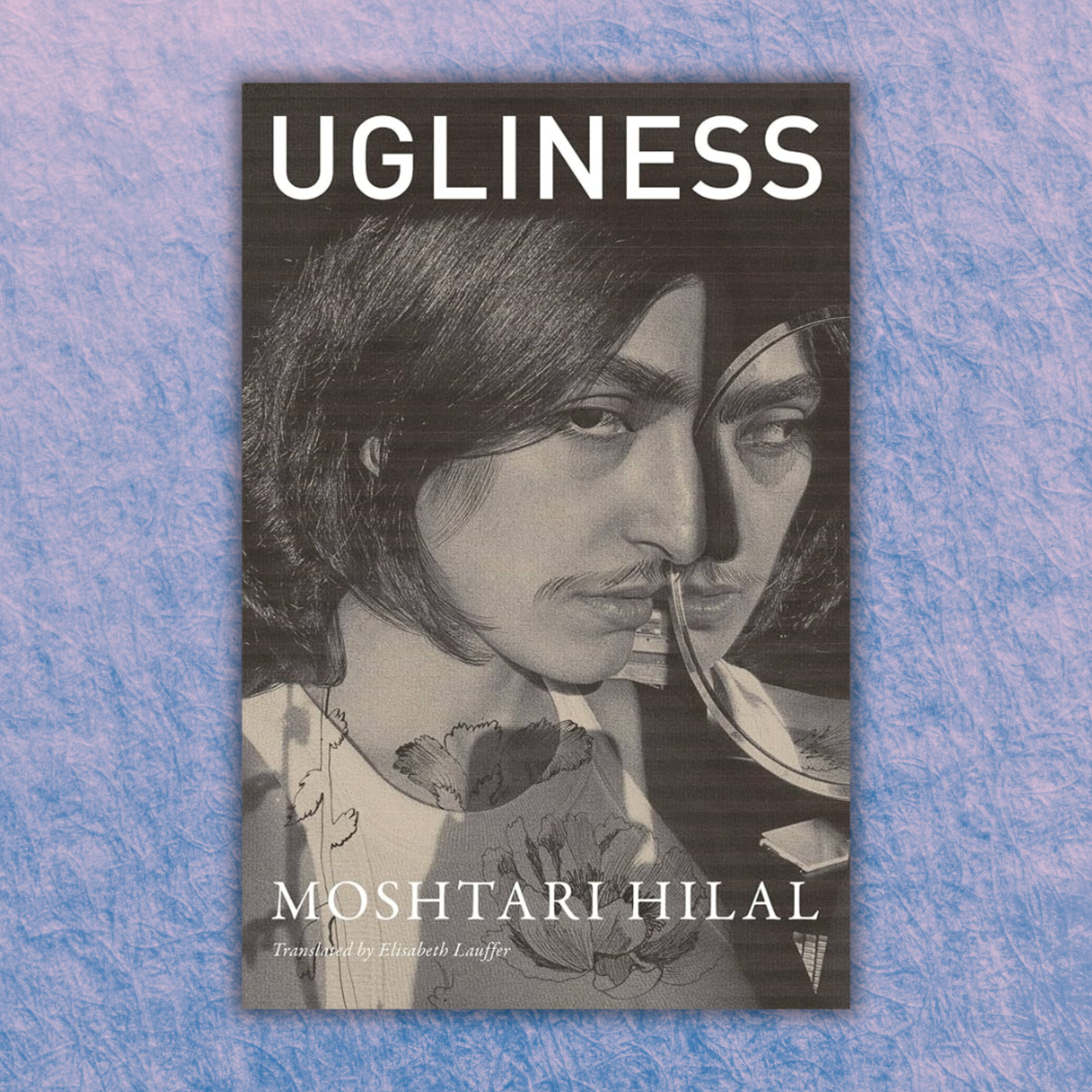- Studio Dirt
- Posts
- Show Don’t Tell
Show Don’t Tell
Swimming in the culture.

Kara Rota in conversation with Curtis Sittenfeld about Sittenfeld’s new short story collection.
I read Curtis Sittenfeld’s Prep (2005) a year or two after it came out on the recommendation of my high school boyfriend’s mom. I’d heard good things about it, but I think, to be honest, I’d dragged my feet because the cover turned me off—that sickly, familiar lime green and hot pink ribbon belt cinched like a tourniquet across the starched white cover. I’d gotten through North Shore prep school (class of 2005) more or less intact, but I still more often than not experience a few moments of dissociative nausea when I see a North Face paired with Sperry top-siders or smell Abercrombie Fierce. Reading Sittenfeld’s first novel, about the cruel boundaries of teenage bigotry, was like drinking from the best, coldest water fountain at school for five minutes straight without anyone around for a million miles to make you feel ashamed.
Sittenfeld’s new story collection Show Don’t Tell, out this week from Random House, captures the grown-up version of that same feeling. The characters in these stories are at turning points and impasses, in bad marriages and friendships that are the love of a lifetime; in tentacling jobs and life-sustaining text chains.
In Sittenfeld’s words, these characters include “women who are wrong about the most essential facts of their own lives,” and that wrongness comes in many forms. Many of these wrongnesses carry a sort of delicious inevitability couched in the comfort of the characters’ lives—no matter the hand-wringing, the divorce, or the untruths unveiled, things will be as okay as they ever are.
While Sittenfeld’s characters are often purposefully limited in their perspective by the insularity of privilege, hers is a type of social satire that’s not only fun to read but generous in the conclusions it draws about the human condition, cutting but never moralizing. Our heroines’ attempts at radical communication are constantly falling short, their children might view them with not a little scorn, and the art they make to process it all is inconsistent in its execution. Perfect—I’ll add them to the group chat.
The following interview has been edited and condensed.

Kara Rota: The characters’ struggles with friendships have a complexity that feels so real— how power dynamics from old friendships carry over to adulthood, how emotions like envy and judgment don’t negate loving someone, and how we balance the fear of isolation with the fear of being seen too closely. How has your sense of writing about friendship changed over your books?
Curtis Sittenfeld: I'm 49, and my close friends are a huge part of my life. We talk very openly about professional problems, family problems, marriage and dating, bodily stuff, politics—really all of it. I'm not sure if it's due to being middle-aged or to a cultural shift in candor or both, but I find it so comforting, and honestly so interesting, to be able to have frank conversations. I wanted to capture the importance of friendship in my life and in so many people's lives in these stories, and that was a particular goal in The Patron Saints of Middle Age and Follow-Up. I also, of course, just find all the details of friendship both funny and sweet—the absurd texts people send each other, the inside jokes, the mutual acknowledgment of daily indignities.
KR: Are these characters unusually self-aware, or do you think that’s a function of maturity to some extent?
CS: Maybe both?
KR: What makes Show Don’t Tell a particularly Midwestern book?
CS: For starters, the majority of the stories are set in the Midwest—St. Louis especially (including The Patron Saints of Middle Age, The Hug, and, though it's not explicitly stated, White Women LOL), as well as Minneapolis, Milwaukee, Wichita, Cleveland (unstated in Giraffe and Flamingo) and Iowa (unstated in Show Don't Tell).
And, perhaps related to your question about self-awareness, I think most of the protagonists know they live in places that aren't considered intriguing or glamorous. I'd argue that knowledge can be liberating. You can just kind of get on with the business of daily life. But of course, like people everywhere, the characters care deeply about the big and small events and tensions and longings that they experience.
I think most of the protagonists know they live in places that aren't considered intriguing or glamorous. I'd argue that knowledge can be liberating.
KR: I loved the theme of plausible deniability, in both bullying and flirtation, and how they intersect in stories like The Marriage Clock, in which a married studio executive experiences a series of unsettling interactions with a bestselling Christian marital self-help author. How do you think about the power of making unstated intentions visible?
CS: One of many reasons to write fiction is that other people can help explain your own preoccupations to you, and I find your observation about plausible deniability in both bullying and flirtation fascinating. Who knew?! But I think you're right. And I absolutely do think fiction can be the perfect place for deeply analyzing how and why people act the way we do—that made-up characters can withstand a level of blunt analysis our real relationships might not.
KR: Shame seems like a major theme, especially the concept of who should and does carry the shame around particular wrongs or secrets. How do you see shame, or accountability, as related to decision making in these stories?
CS: I suspect that almost everyone carries around some shame and some secrets. Shame is, of course, inherently negative, while secrets can be terrible or wonderful. Both are rich territory for fiction because they tie in to what we care about most deeply and what we ourselves see as the most central parts of our own identities. I like reading and writing fiction that's very intimate and gets at the weirdness and contradictions and beauty of being a person.
Shame is, of course, inherently negative, while secrets can be terrible or wonderful.
KR: So many of the stories are ripped from the headlines but in the universal and enduring sense of modern fables— The Hug is about COVID but really about emotional proximity, A for Alone is about Mike Pence but also about trying to opt out of an unfair reality. How do you use what we’re going through now to write in a way that lasts?
CS: One of my favorite lines I've read in recent years about writing is from Saul Bellow, who apparently said, "I am not an ornithologist—I'm a bird." Similarly, I as a writer am not standing outside of our culture. I'm swimming (flying?) in it like everyone else, and short stories are one of the ways I try to make sense of the tumult. Sometimes I write with a clear idea of how the characters will behave and what I think of that behavior, but often I have more clarity on the former than the latter. I'm writing partly to figure out what I think of events or people or trends.
KR: Do you think this is a book that has an overarching point of view on marriage, or divorce?
CS: Hmm—maybe it conveys the implicit suggestion that if your spouse starts to tell you something that's objectively unimportant but important to them, it's probably good for the well-being of the marriage to engage in that conversation? 🏊♀️

THE BOOKSHELF
|

